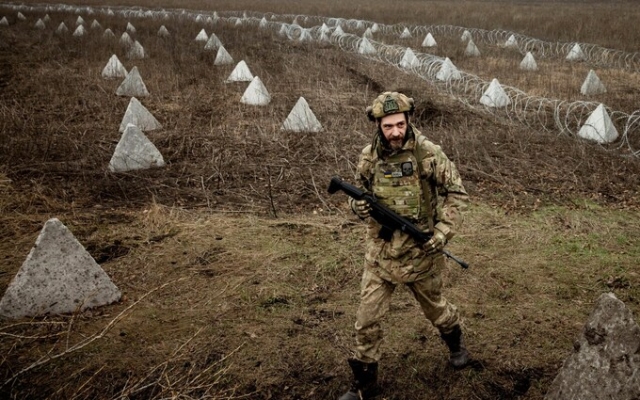 Dragon's Teeth barbed wire near Kupyansk, part of 621 miles of new fortifications. Photo: REUTERS/Thomas Peter
Dragon's Teeth barbed wire near Kupyansk, part of 621 miles of new fortifications. Photo: REUTERS/Thomas Peter
Rows of freshly dug trenches, concrete dragon's teeth and underground command centers dot the vast expanses of Ukraine's countryside.
New fortifications have sprung up along key parts of its more than 621-mile front as as Kyiv rustled. The counteroffensive turned into what military analysts called an “active defense.”
In a sign of a change in position, President Volodymyr Zelensky announced late last year that Ukraine was “significantly strengthening” its fortifications.< /p>
Defense preparations have been stepped up around the Donetsk cities of Liman and Avdeevka, as well as Kupyansk in the neighboring Kharkov region.
There was no risk: the construction of fortifications was also ordered along the country’s borders with Russia and Belarus, right up to the border with its western ally Poland.
The new defenses are very similar to the so-called «Surovikin Line» — a three-tiered system of trenches, tank traps and strong points that Russia successfully used to prevent a Ukrainian counter-offensive.
Minefields that harassed Ukrainian brigades of Western tanks and armored vehicles, NATO-trained vehicles have been replicated by Kiev.
But the Ukrainians find themselves in a difficult position.
Their defenses along the front line simply cannot be as tough as the Russian fortifications stretching from the southern Zaporozhye to eastern Donetsk, the main focus of the Ukrainian offensive.
While stronger fortifications will slow Russian troop movements, reduce the number of Ukrainian troops needed to defend and mean fewer casualties, it will also reduce Kiev's ambitions to retake occupied territory.
Political embarrassment
“The problem for the Ukrainians is that they don’t want to just remain static,” said Edward Arnold of the Royal United Services Institute think tank. “If the lines become static and don't move at all, that's not good from a political point of view.”
This is where the concept of “active defense” comes into play for Ukrainian forces: holding defensive lines while continuing offensive operations in the hope of finding weak points that could lead to the collapse of Russian lines.
Similar tactics led to a sudden counter-offensive in September 2022, during which Kiev liberated part of the territory of the Kharkov region from Russian control.
“One of the principles of defense is offensive action.” Mr. Arnold added.
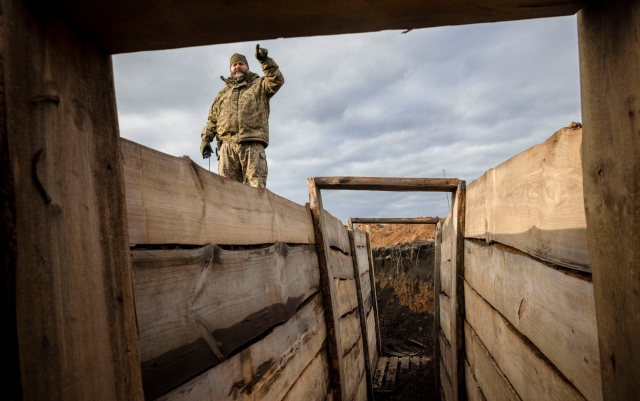 New “active defense” of Ukraine; The line includes concrete trenches and underground command centers. Photo: REUTERS/Thomas Peter
New “active defense” of Ukraine; The line includes concrete trenches and underground command centers. Photo: REUTERS/Thomas Peter
This way, fortifications will become heavier the further you move into Ukrainian-controlled territory, but the front lines can remain flexible.
Forward defense has been the hallmark of Ukraine's resistance, refusing to sit idly by and let its forces rest on their laurels.
Ukraine's goal for 2024 appears to be to replenish battle-scarred forces and restore offensive combat power by the next Mr. Arnold said maintaining a flexible line of defense would allow Ukrainian troops to train and also ensure readiness should an offensive opportunity arise.
«Static defense is rarely a good idea for the military because it kind of improves your ability to maneuver,» he added.
Soldiers' skills and fitness can easily deteriorate if they sit in the trenches for too long, especially during the very cold winter months in Ukraine.
< img src="/wp-content/uploads/2024/01/3a039c70040353f5c7d2fadc11c898b0.jpg" />Kiev's new trench network is similar to Russia's Surovikin Line, which prevented a Ukrainian counter-offensive. Photo: REUTERS/Vyacheslav Ratinsky
Deeper into Ukrainian-held territory, fallback positions are emerging, consisting of a network of trenches and new dug-in command centers.
Where the Ukrainians have taken up more static defensive positions, they have placed a series of fortifications less than a mile apart.
“Every fort can defend itself from all sides,” said Clément Molin, co-founder of the French think tank Atum Mundi. “To advance, you will have to take them all.”
The main goal of the offensive
At Avdiivka, which is currently the main target of the Russian offensive, Ukraine has positioned its main defensive line about ten miles back.
Here Ukraine uses a series of natural barriers from lakes and rivers.
Next, the city of Pokrovsk, which Russia needs to capture in order to fulfill its goal of capturing the entire Donetsk region, is protected by a two-tier system trenches running throughout the city. It is located approximately 25 miles from the current front line.
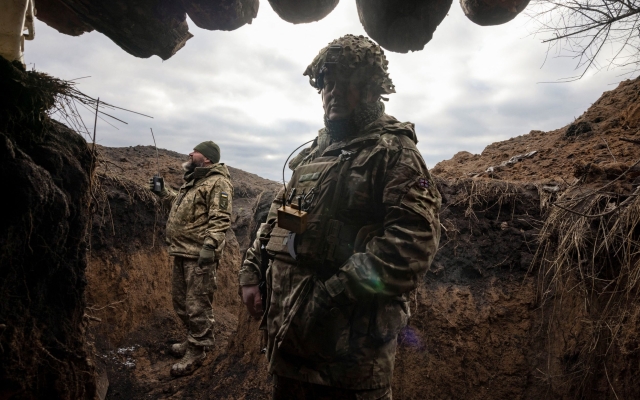 Stronger fortifications reduce the number of troops Ukraine needs to defend its territory. held positions Photo: REUTERS/Thomas Peter
Stronger fortifications reduce the number of troops Ukraine needs to defend its territory. held positions Photo: REUTERS/Thomas Peter
The strongest of the new defenses may be around Chernigov, the northern region that Russia pushed back in the early months of the war.
Kiev has strengthened its defenses in the north — by 63 percent, according to a recent report by the Reuters news agency.
Large engineering vehicles dug trenches and wide anti-tank ditches along the entire northern zone, which was in the direction of one Russian offensive to capture Kiev.
Ranks dragon teeth, concrete structures to block tanks and armored vehicles in the area are covered with spools of barbed wire.
While there are no expectations this area will become a new front, static defense means Ukraine can deploy the bulk of its forces closer to the site military operations.









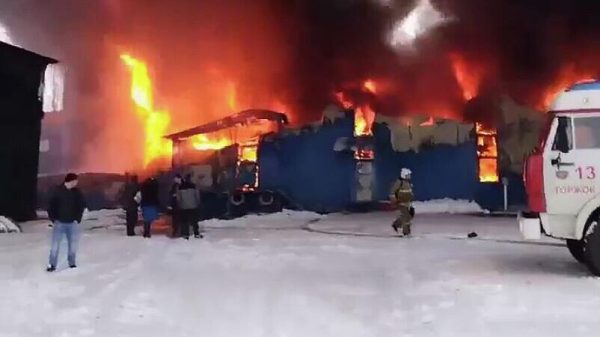
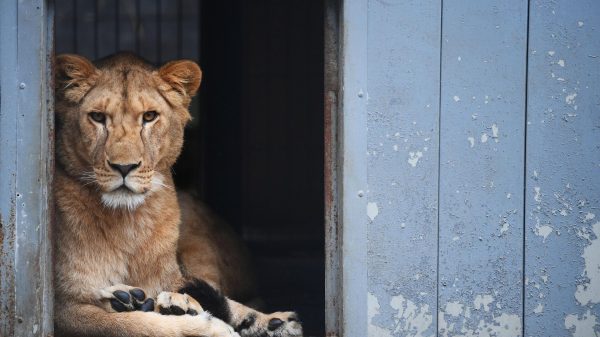


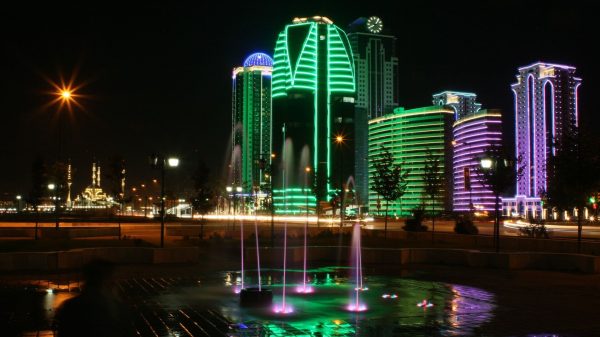






































Свежие комментарии